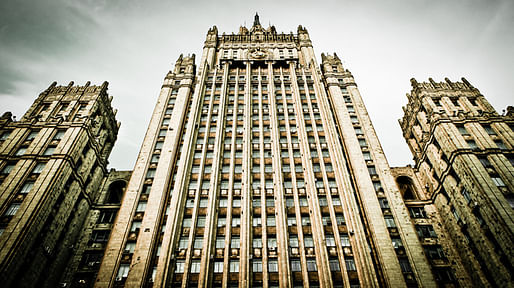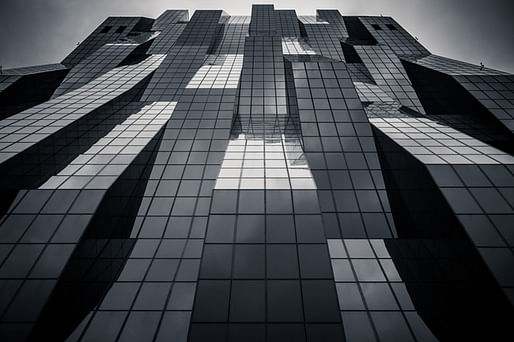
So I’d argue that the birth of the middle class, or the managerial middle class, is in some ways tied to the invention of the skyscraper. — JStor
Before the skyscraper, looking down at people from great heights was more of a figurative state of mind than an actual experience. But afterwards, the notion of people as dots on a landscape went beyond just a slangy Georges Seurat reference and became a Thing. But what were the ramifications of this change? How did novelists respond to the new structures, and what did those responses say about society and the influence of the skyscraper?

"[Henry James] tried to give the skyscraper a chance; he imagined seeing it and falling in love with it, but he really kind of ultimately dismissed it again as ugly, unaesthetic, a horrible structure that’s also destroying the ways that we tell stories and destroying the intimacy that his kinds of stories require," says Adrienne Brown, an Assistant Professor at the University of Chicago whose forthcoming book, "The Black Skyscraper" explores just about every cultural ramification of the skyscraper one can imagine.

In this extended interview with JStor, Brown details what she means by 'black,' and provides a handful of cool historical facts, like the former moniker of the Empire State Building. "The Empire State Building was empty for so long, they called it the Empty State Building because it didn’t hit full occupancy, I think, until the ’50s or it didn’t make its money back until then," Brown says. "It was empty for most of the Great Depression. It’s this building that kind of stuck around and remained monumental through all of its life. It’s still out there, still working."
What else is going on with skyscrapers? Here's a sampling:
No Comments
Block this user
Are you sure you want to block this user and hide all related comments throughout the site?
Archinect
This is your first comment on Archinect. Your comment will be visible once approved.